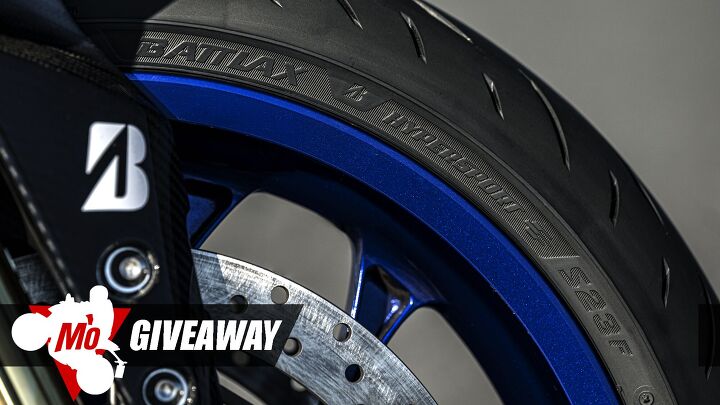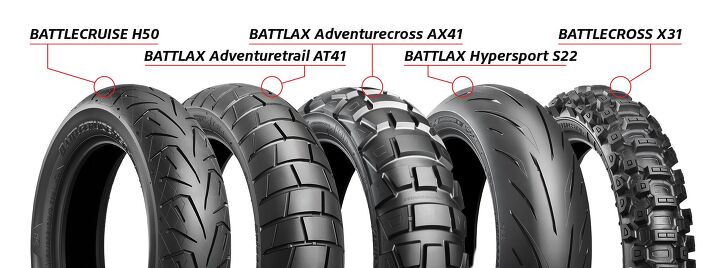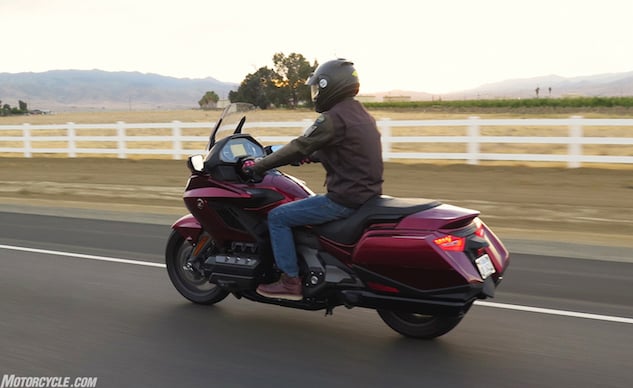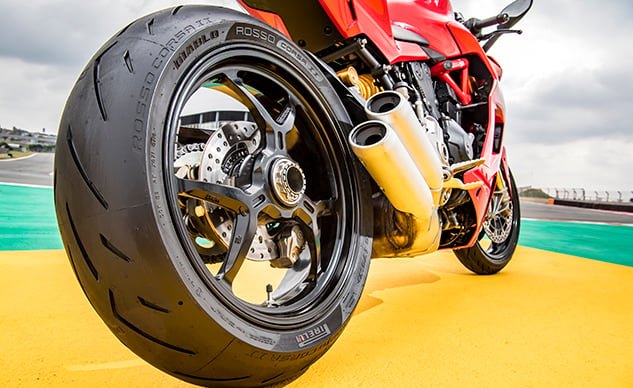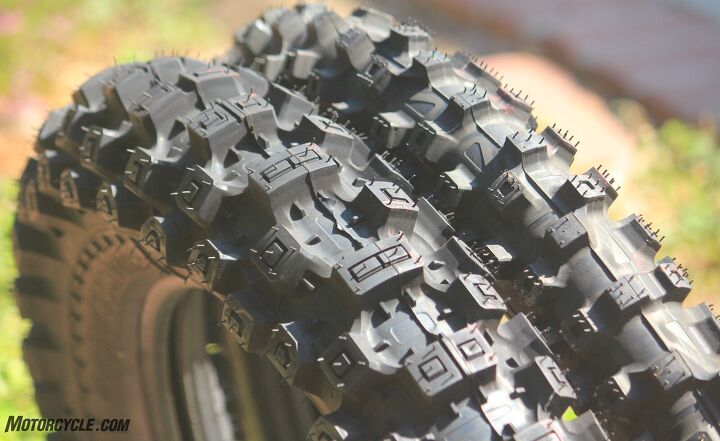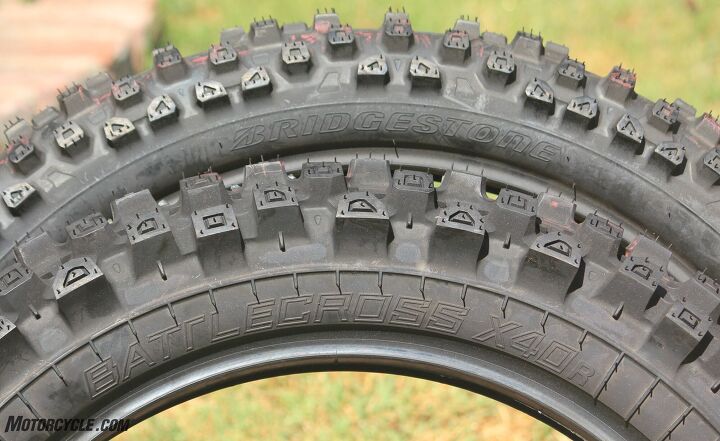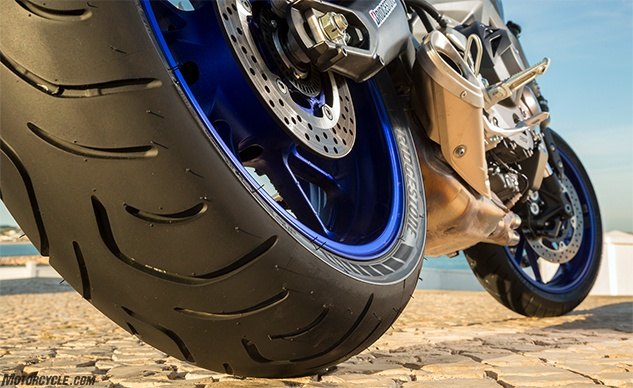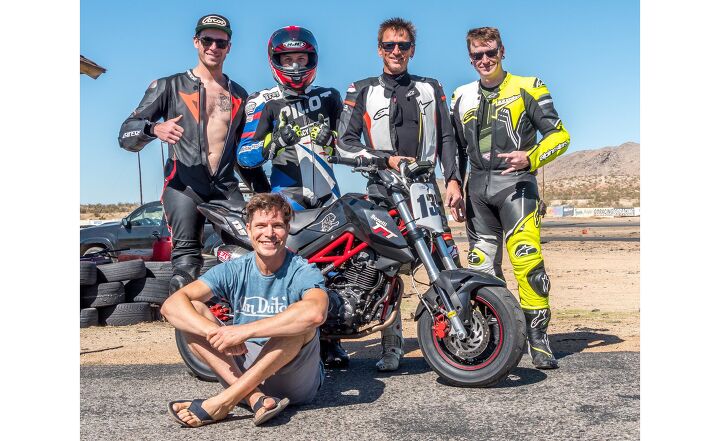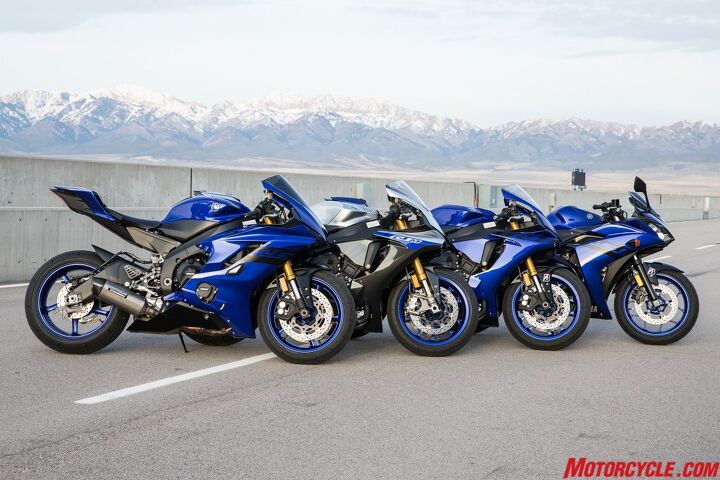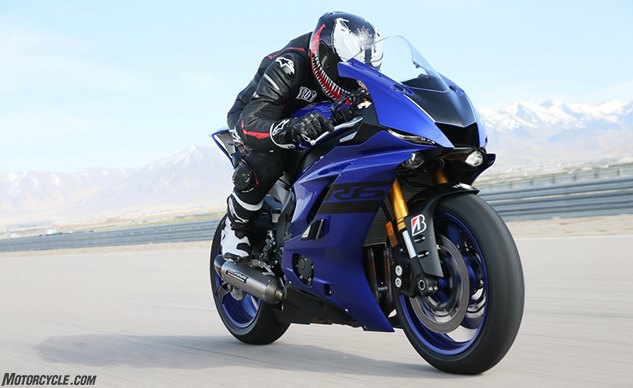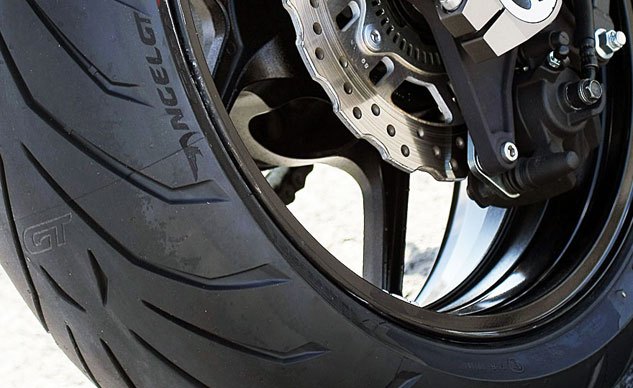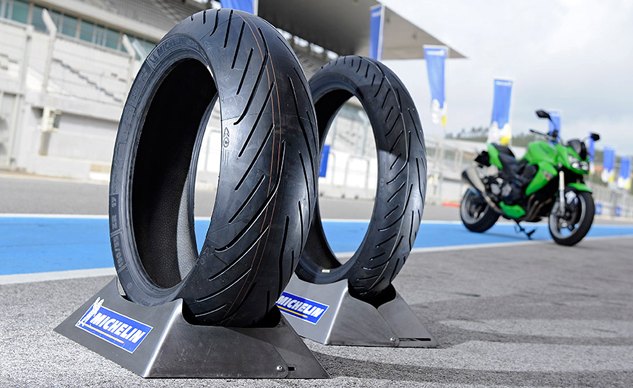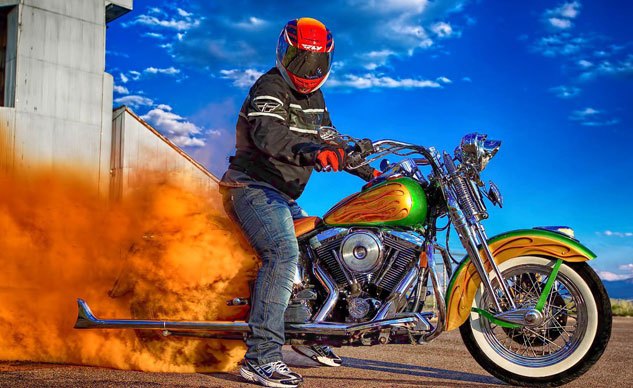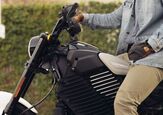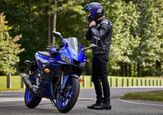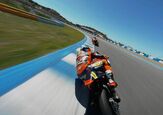#Bridgestone
MO February Giveaway: Bridgestone Battlax Hypersport S23 Tires
Thank you all that entered and congrats to Jeff on winning February's giveaway!
Who doesn’t like to win free stuff? Of course you do. Thankfully for you, we love giving away free stuff. And we’re not talking about a key chain or a bottle of chain lube – this month we’re giving away a set of tires! Bridgestone were kind enough to partner with us this month and offer up a set of its fantastic Battlax Hypersport S23 tires. These tires are great for the avid canyon carver who likes to dabble in the occasional trackday here and there.
MO January Giveaway: Two Sets Of Bridgestone Motorcycle Tires
Claiming the mantle of the world’s largest tire and rubber company, Bridgestone Corporation is a well-known brand among motorcyclist and is placed among the premium tires offered for a wide variety of riding. So, we are happy to announce that for January 2023 Bridgestone has offered two lucky winners a choice of one set (one front and one rear) of Bridgestone motorcycle DOT street or off-road tires. Please note that this giveaway excludes road race tires. So, if you’ve got a street or dirt bike of any shape or form, you have a chance in this giveaway. All you have to do is enter via the link below.
Best Motorcycle Touring Tires for Going Further
Pity the poor fool who’s got nothing to do for a week or two but roll around on his motorcycle – no job, no cares, no particular place to be. And if you’re fortunate enough to have all those things working in your favor, chances are you’re carrying around quite a bit of loot in the saddlebags and trunk of your Goldwing, Ultra Glide or big BMW K-bike – possibly even an accomplice. What you want on all of those bikes are tires that stick to the pavement, wet or dry, upright or dragging peg, carry a heavy load safely, and preferably wear like iron. Is that too much to ask?
Burning Rubber: Best Sportbike Tires
The job of a sportbike tire is a tough one. Considering the performance – and variety – of today’s modern sporting machines, an ideal tire needs to be able to warm up quickly, offer good grip in both wet and dry conditions, transfer feedback to the rider, and provide good handling capabilities. Thankfully, all the major tire companies work tirelessly to improve their tires to meet these demands. Of course, longevity is a concern as well, but compared to a sport-touring tire a sportbike tire won’t quite measure up with all the other duties it has to perform.
Best Dirtbike Tires
There are a dizzying array of options when it comes to dirtbike tires. From tread patterns, to compounds, to the brands themselves, it’s difficult to decipher what is the best tire. That’s mostly because deciding on the best tire requires a lot of input from the rider themselves. What kind of dirtbike are you riding? What kind of terrain are you riding on? Are you looking for longevity or for the most traction possible just to get through a hard enduro race? These are just a handful of the questions you need to answer for yourself before embarking into the deluge of different off-road tire choices.
MO Tested: Bridgestone Battlecross X40 Review
Okay, maybe it’s not the last dirtbike tire you’ll ever need, but they last a heck of a long time and perform great as they wear. The Bridgestone Battlecross X40 caps off the hard end of the Battlecross lineup and is meant for drier rocky terrain like we see in much of the western United States.
Long-Term Review: Bridgestone Battlax T30 EVO
Are high-end sport-touring tires sticky enough for everyday canyon carving and an occasional trackday, or is it smarter to trade tire life for ultimate grip with race-bred street rubber?
24 Hours Of Silliness Aboard The Benelli TnT135
You’d think we’d learn our lesson by now with these darn 24-hour races. Our Grom debacle was a serious test of our resolve and had us questioning why we even rode motorcycles in the first place, while our time aboard the Kymco K-Pipe we also rode around the clock didn’t present us with any problems, but boy was it ungodly slow. Maybe in my attempt to recreate the sense of accomplishment that comes with being the first electric team to complete a 24-hour race, I’ve tricked my MO cohorts into thinking racing little bikes for a whole day is fun. Thankfully, being MOrons, we clearly don’t learn our lesson.
Climbing The Yamaha R-World Ladder
There seems to be much doom and gloom in the motorcycle industry surrounding the state of sportbikes these days. We keep hearing about dropping sales and shifting consumer interest, which will combine to turn the sportbike as we know it into a museum piece one day, gone the way of the Dodo bird.
Riding The New Bridgestone Battlax R11 DOT Race Tire
Building a new motorcycle tire is not easy. As the only two contact points your motorcycle has to the ground, there’s a lot of responsibility involved. In the case of a racing tire, the demands become that much greater; not only does the tire need to remain consistent throughout its life, but it also needs to be better than its predecessor. Sure, this can be said about practically any motorcycle tire, but with racing tires there’s an actual gauge to measure old and new: the stopwatch.
Sport-Touring Tire Buyer's Guide
Sport-tourers include a variety of designs from large technology-laden models such as BMW’s K1600GT, to Kawasaki’s more traditional Ninja 1000 to Ducati’s long-travel Multistrada and Yamaha’s FJ-09. With some luggage and a willing disposition you can, of course, set out for a far away destination aboard your new Yamaha R1 and call it sport-touring. And if you do, the tires in this Buyer’s Guide will certainly be a better choice than the sticky hoops you’d normally install on a sportbike.
Sport Tires Buyers Guide
Tire manufacturers have a unique challenge when developing tires for sportbikes. Truth is, most sportbikes on the road will hardly, if ever, see a racetrack. Their time will largely be spent cruising around on the street during the week, with an adrenaline-pumping canyon ride or trackday on the weekends. The challenge engineers face is creating a tire with a center that will last, while also giving the rider side grip for navigating the bends, both on the street and the track. The different tire manufacturers have each come up with their own solutions to accommodate these needs, and what we have in this week’s Sport Tire Buyer’s Guide are choices from eight different tire manufacturers. Each tire is meant to live the majority of its life on the street, but is capable for the occasional trackday if needed.
Cruiser Tire Buyer's Guide
Cruiser riders want what the rest of us want, don’t they? Round black pneumatic tires that hold air, provide good traction in the wet and dry while providing a smooth quiet ride. Yes, they want those things, and they also want a tire that produces orange smoke when lit off. Otherwise, we’re all one big happy family. Where sport and touring bikes have mostly settled on 17-inch diameters front and rear, with usually a 3.5-inch front and a 5- or 6-inch wide rear wheel, cruisers are less standardized. And where sportbike riders will overlook a little harshness for the sake of handling and grip, cruiser riders tend to be more concerned with ride comfort and long life. Since tire engineers aren’t having to deal with 150-mph-plus top speeds, they’re able to give it to them. Looks are important too. Buying decisions can be heavily influenced by tread pattern, and cruiser riders are swayed by whitewalls and crazy-wide rears on their choppers. Luckily, there’s a tire for every rear. Let’s try to keep it in some semblance of alphabetical order, shall we? (The orange smoker starts with an “S.”)



